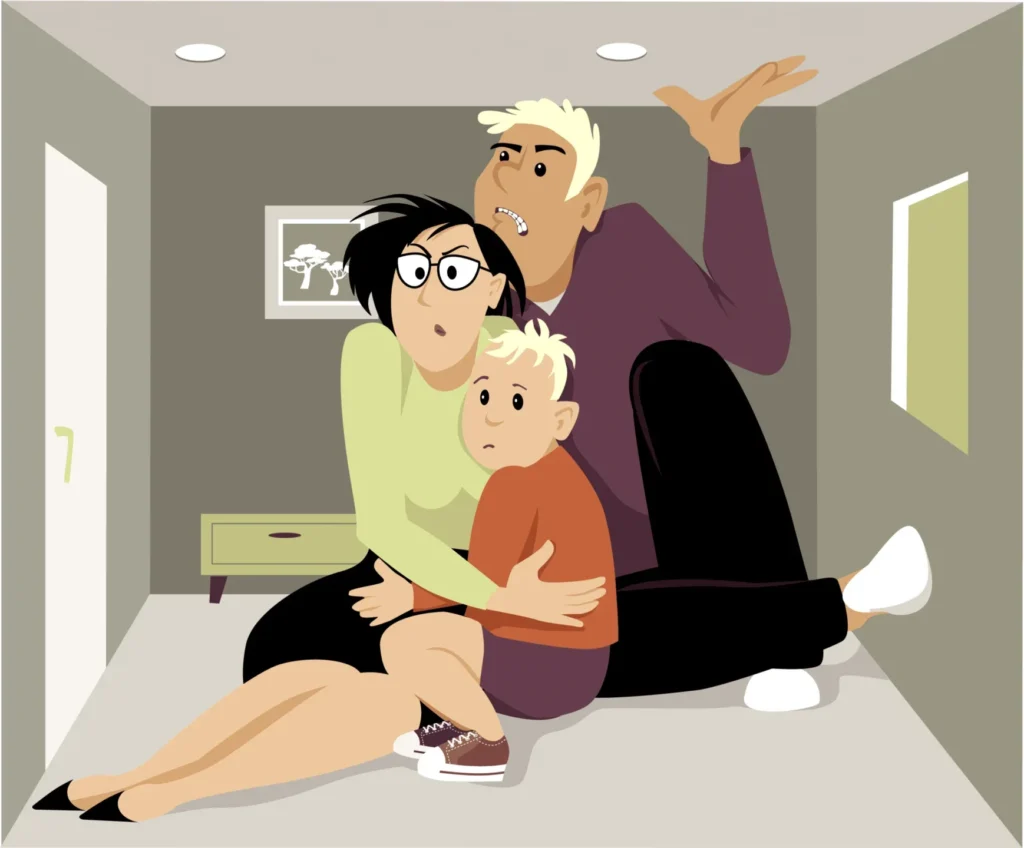Since the onset of COVID-19, we have been compelled to consider the long-term design implications of a new style of living. We have already taken a closer look at the future of design for office space density and mechanical building systems.
Now, in a time when personal space takes on new perspective, the quality and functionality of living space is receiving new focus. Many of the multifamily architectural and interior design standards in the pre-pandemic environment may not be sustainable in the current climate.
Prior to COVID-19, the trend in multifamily rentals was smaller units with enhanced shared amenity spaces. Extreme examples of this include “micro-units” and even adult dormitory-style housing, where one can lease a room instead of a full unit. These buildings maximize the number of occupants, but they compensate for the smaller living space with enhanced amenities including pool decks, clubhouses, office spaces, fire pits, movie rooms, fitness spaces and even dog grooming stations and dog parks. These shared conveniences are often incentivized as social gathering areas to spend time with or meet new people. However, many of these amenities have encountered limitations due to an increased risk of virus transmission, and residents find themselves in small spaces paying for conveniences they cannot use.

After experiencing long stay-at-home periods and a sharp uptick of companies adopting remote working policies, many people are reevaluating their at-home environments. While closures and work-from-home policies are potentially short-term, staying in a confined space long-term with pets, significant others, children or roommates could be detrimental to relationships, work productivity and even mental health, according to the National Institutes of Health.
Post-pandemic, residents will be tired of feeling boxed in by their surroundings. Many in the design industry are speculating that living trends will return to increased personal space and larger apartments, but with fewer shared amenities. Significant design changes might include providing as many units as possible with access to a private balcony, incorporating dedicated workspaces into each unit, increased natural lighting, and larger living or “flex” spaces.
Mitigating the spread of germs will also be an increased concern among designers. Some design considerations include reducing touch points by minimizing the number of doors needed to access residences and utilizing improved technology for touchless doors and elevators buttons. Additionally, there are opportunities to improve air circulation for hallways and stairways to reduce the possibility of an airborne transmission.
Increased consideration may also be given to some virtual amenities. The popularity of virtual communities and communications, already on the rise, has undergone a steep acceleration during the pandemic. Virtual communities can help engage people socially with neighbors and friends that they may not have the current opportunity to meet at the physical amenity spaces. From cooking classes to trivia night, and even workshops for children, there are many ways to engage a social network within the community.
As another way to build community virtually during the pandemic, some residential buildings have been offering virtual workouts like HITT, Zumba and yoga that can all be done from the resident’s unit. Instead of providing a potentially inaccessible workout room and equipment for your residents, these virtual classes are a great way to keep people happy and healthy without the risk of shared space and equipment. Some luxury residential properties are even offering a virtual concierge package to its residents with various programs revolving around mental health, entertainment, physical health and career coaching, by providing resources to multiple experts and classes on virtual platforms.
Of course, there is also speculation that there will be less desire for dense multifamily housing in the future, as the need for space becomes an increased priority for some. This, paired with the growing number of people that will emerge with more flexible remote work options, may make moving to single or multifamily homes in suburban areas more appealing. According to National Public Radio, this trend is already being seen in larger cities such as New York, Los Angeles and San Francisco. With the suburbs come more opportunities for outdoor space, with multiple rooms and maximized square footage enticing to those who may no longer need to consider traffic or transportation challenges. “By all accounts, the coronavirus has been a catalyst, prompting people who had been toying with moving to take the plunge finally,” according to NPR.
As the trends in multifamily housing change – and potentially the interest in multifamily housing itself – developers will be challenged to address unit desirability and affordability while still accounting for their own budget and operational constraints. However, creative, knowledgeable architectural and interior design will help provide solutions to these challenges and support the next generation of multifamily development.
Creative, knowledgeable architectural and interior design will help support the next generation of multifamily development.
Contact Us